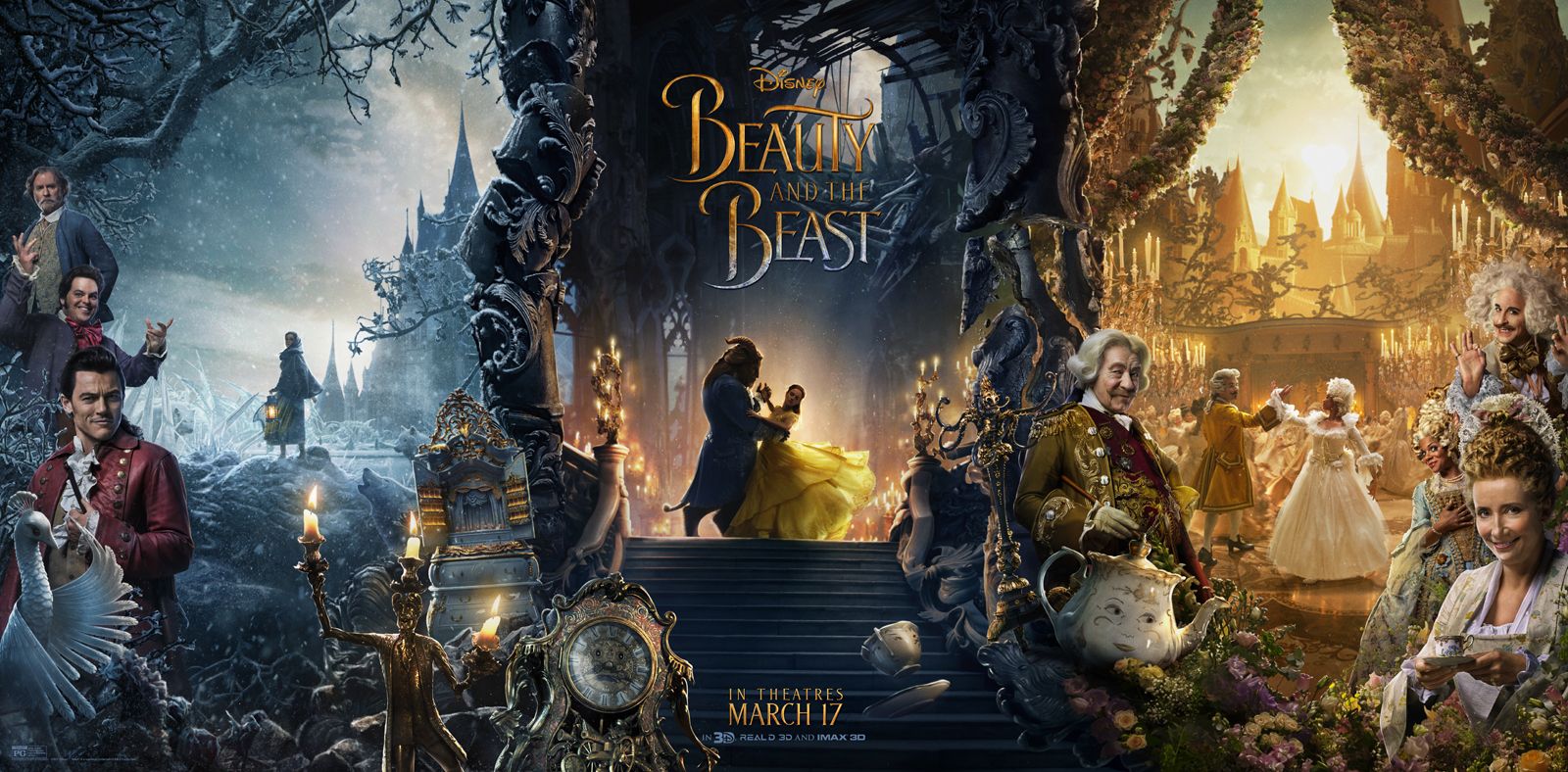Disney’s remake of Beauty and the Beast revealed a confusing streak among their legions of fans. News that a minor character would be openly implied to be gay saw praise heaped upon it by the fans who have grown up on the company’s movies, and have now come of age. Many seem desperate to elevate these works beyond pleasant childhood nostalgia trips, to works of unprecedented social diversity. These are not those works.
Don’t get me wrong, Disney has done some very good work in regards to diversity. The new Star Wars in particular gets credit, masterfully furthering the legacy of racial and gender diversity in science fiction laid down by Star Trek in 1966, albeit they need to work on diversifying the casting of their extras as well.
But Disney is a company playing a very, very, careful commercial game. In Beauty and the Beast they were looking to walk that finest of lines: appear diverse enough that they could generate enough hype and free publicity to get people out to see it, but not so much that cinema goers in enough conservative countries would shun the film, or have it banned outright. Judging by the box office figures, they succeeded. If they were really committed to diversity in film, it wouldn’t be a problem for them to make a big animated feature or remake and have a central character as LGBT, but they’re not.
And that sucks, but it doesn’t mean it’s not ok to like their films, or to feel nostalgia for them. It’s ok to like Lord of the Rings, The Princess Bride, early Star Wars, Harry Potter, Pirates of the Caribbean, Snow White, and whatever else. It would be nice if they were weren’t as white as Charles Morris and even straighter to boot, but it’s no excuse for trying to heap praise on diversity that doesn’t exist. Further it detracts from the many genuinely ground breaking LGBT depictions in popular film and television over the years: Billy Elliot, Four Weddings and a Funeral, Drop the Dead Donkey, Bend it like Beckham (I don’t know about you but that was a pretty big film in my childhood).
Lastly, and consider this a pre-emptive strike against the inevitable fanfare that will crop up with the remake of Mulan. It’s a terrible example of ethnic plurality in western fiction. Firstly, it makes a villain of an entire ethnic group (though there’s confusion over who exactly the Han Dynasty was fighting, the animated film takes the interpretation it was the Huns, who were most likely a Turkic and or Mongolian predecessor), and, it plays into the revolting ‘centre of the world’ complex pervaded by many of the Imperial dynasties. Nevertheless, if you enjoyed it, and continue to enjoy it, that’s fine. It’s just neither are very good example of social progressiveness in film.
Edmund Goldrick
(Image courtesy of: http://www.comingsoon.net/movies/trailers/808317-final-beauty-and-the-beast-trailer#/slide/1).

